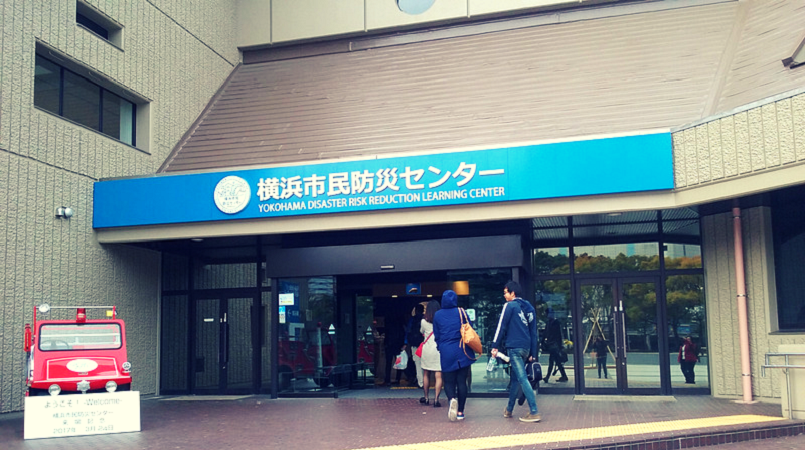
The key to disaster preparedness is through educational awareness. And that awareness should not only be heard but felt through simulation activities for one to understand how to positively respond.
Earthquakes can happen at any time. Typhoons, cyclones, floods and volcanic eruptions are among the many natural disasters that occur around us and there is a huge difference between being prepared and not being prepared when a natural disaster strikes.
Japan, like PNG, experiences earthquakes, floods from rain, cyclones and volcanic eruptions but it has changed its awareness of disaster preparedness and is targeting children with disaster education.
In Yokohama city, the Disaster Risk Learning Center recently had journalists from 10 Asian Development Bank (ADB) member countries visit.
They experienced simulation activities of earthquake, fire and flooding and how to respond to each of the disasters.
The Centre also sees elementary school aged children visit daily as part of their school programs.
The visiting journalists were taken to a simulation room where they had a feel of what it’s like at different measurement of seismic activities and the amount of damage parts of Japan previously experienced.
They were later taken to a house setting and given a series of disaster simulations and how they can respond to them.
Assistant Manager of the Yokohama Disaster Risk Learning Center, Yasiko Fujikawa, said the centre also does awareness on how to respond to other disasters such as volcanoes, tornadoes as well as first aid.
The centre was open in 1983 and had been used as a care centre when disaster struck.
PNG also has its share of earthquakes and provinces with active volcanoes however, there is no such facility in place to help people understand the gravity of such natural disasters and how to respond to them.
